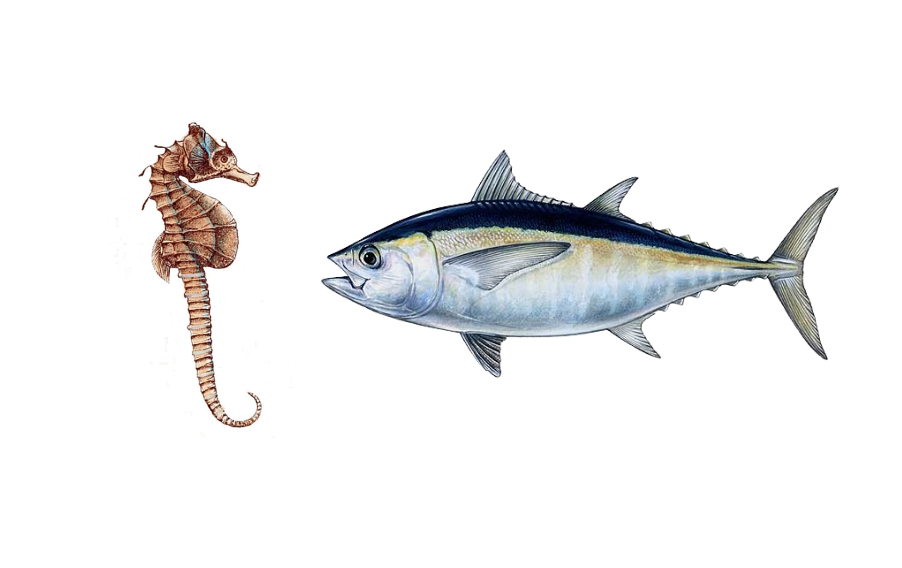The minute you first set up an aquarium, or buy your first fish, like it or not, you will be involved in fish taxonomy. Taxonomy is the science of putting living things in order, and in aquarium fish and invertebrates, it manifests itself as the families, genera, and species we see listed in books and on availability lists.
Flame angels and Coral beauties are both members of the genus Centropyge, and Homophyllia and Micromussa are both members of the family Lobophyllidae. For 300 years now scientists have been putting animals in order based on one internationally accepted system, but until twenty years ago that system was based on classifying animals by comparing visible, notifiable traits using meristics. It’s all they had, and this placed new species into genera, families, orders, classes, and phyla – all branches of one big fish tree of life.

But in the past twenty years, DNA has really changed things in this area of biology. Instead of using dorsal fin counts and ratios of body features to classify fishes, DNA sampling can really show who is related to whom, and in the latest, ground-breaking work by Thomas Near and Chris Thacker, they have caused quite the taxonomic shake-up, resulting in literally tens of thousands of fish species being reclassified.
The over 800-page paper now presents Characins next to Catfish on the family tree, Pike next to Salmon, and Seahorses next to Tuna. To give us an idea of how and why this came about, we need a fish biologist. YouTuber AVNJ does a commendable (and comedic,) job of explaining it.



